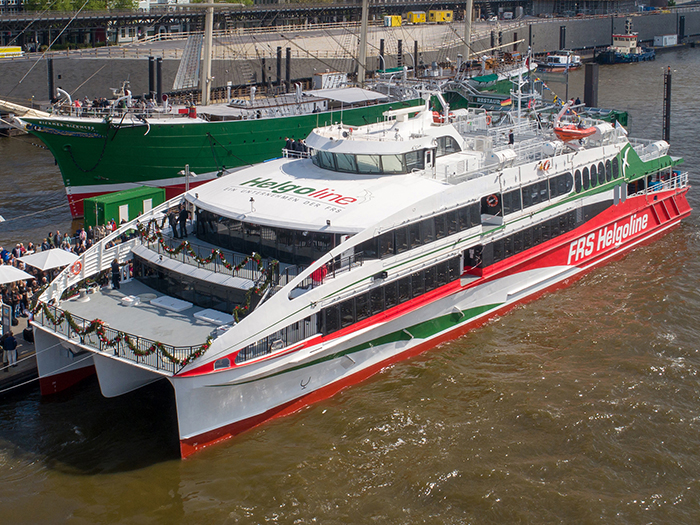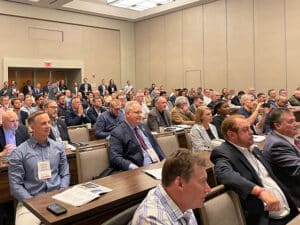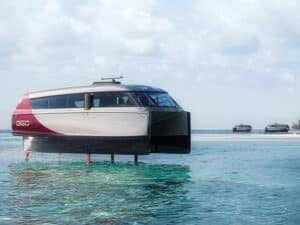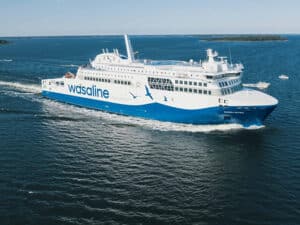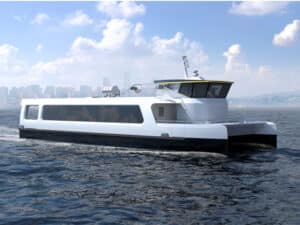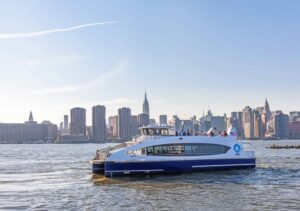
Fast cat is test bed for new MTU and ZF monitoring system
Written by Nick Blenkey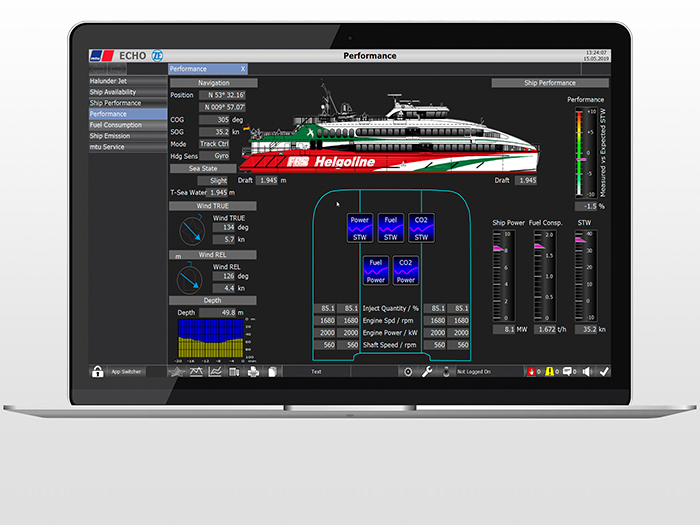
The Equipment Health Management System (EHMS) collects and analyzes data from the MTU engines, ZF transmission systems and other key components on a vessel, taking into account additional factors, such as wind, waves and currents
Rolls-Royce and ZF are developing a new electronic monitoring system for ships. The aim is to achieve maximum vessel availability, while keeping fuel consumption and CO2 emissions to a minimum. Called the Equipment Health Management System (EHMS), it is being tested by German based international ferry operator FRS Group (Förde Reederei Seetouristik) using its vessel Hallunder Jet.
Delivered by Norway’s Fjellstrand shipyard in 2003, the 52 m long catamaran carries as many as 680 passengers from Hamburg to the North Sea island of Helgoland and back daily. Four 16-cylinder Series 4000 MTU engines delivering a total output of over 12,000 hp (around 9,000 kW) enable the high-speed ferry to operate at speeds of up to 35 knots (65 km/h). The propulsion system also includes ZF 7650 NR2H transmission systems and Kamewa waterjets.
The Equipment Health Management System (EHMS) collects and analyzes data from the MTU engines, ZF transmission systems and other key components on the vessel, taking into account additional factors, such as wind, waves and currents.
RELIABILITY IS WHAT WE VALUE
“Reliability is what we value most of all,” says Tim Kunstmann, Managing Director of FRS Helgoline GmbH & Co. KG. “When you have 680 passengers standing on the St. Pauli Piers in Hamburg waiting to board the Halunder Jet ferry to Helgoland, reliable ship operation is a top priority.”
FRS has a total of 58 vessels operating ferry services and crew transfer services for offshore wind farms in Europe, North Africa, the Near East and North America, and currently has 40 MTU engines in service.
“The large number of vessels, the variety of vessel types operated and their areas of operation make the FRS fleet particularly interesting for the development project, as it enables us to develop a product designed specifically to meet the demands of a large fleet operator,” says Bartosz Kowalinski, project manager at MTU’s parent Rolls-Royce Power Systems.
NEXT STEPS
The next steps in the project will be to set up an interface from the ZF transmission systems to the Equipment Health Management System, collect data from the various components of the powertrain on the Halunder Jet and then to analyse the data obtained. With the aid of agile working methods, interim results are repeatedly examined by the customer in order to determine to what extent they meet requirements. On the basis of this collaborative arrangement, Rolls-Royce and ZF hope to be able to offer maritime customers optimised and integrated propulsion solutions. To date, 70 per cent of MTU’s marine engines have been delivered with ZF transmission systems.
